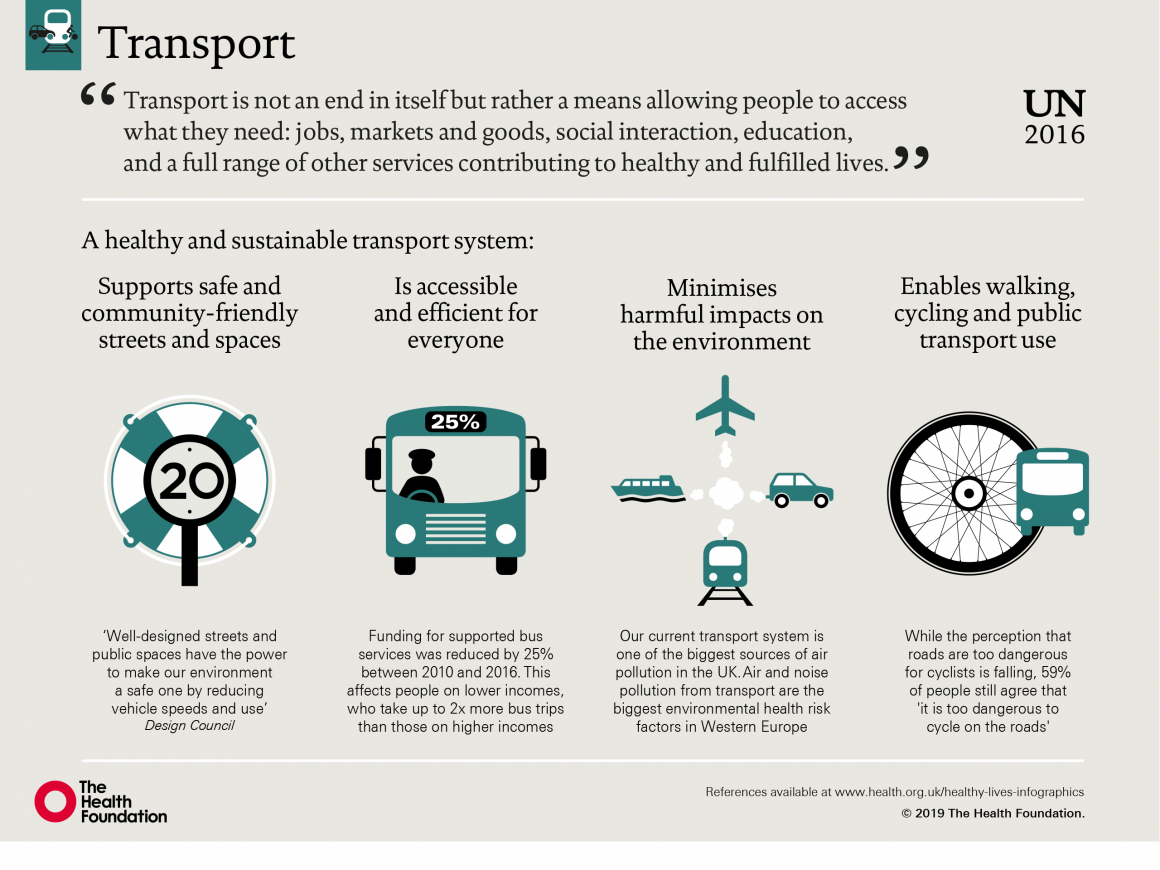Comprehending Different Kinds Of Hernias As Well As The Doctor'S Function

Author-Bramsen Urquhart
A hernia takes place when fat or part of the intestinal tract pushes via muscular tissue that needs to be holding it back. This can be unpleasant, as well as it typically will not go away by itself.
In some cases hernias need to be treated surgically. That's when doctors think about alternatives like launching muscles, enhancing the abdominal wall surface or element splitting up.
Inguinal hernia
A small part of the intestine jabs via a weak spot in your abdominal muscles near your groin (the inguinal canal is a flow in the lower part of your abdominal areas that houses capillary and also nerves, including the spermatic cable for males and the tendons that support a lady's womb). You can have this hernia repaired surgically.
Throughout surgery, your doctor can see the hernia utilizing an electronic camera attached to a range that is put via several little cuts on your tummy. An additional device may be inserted via the exact same cuts to assist fix the hernia.
After https://click4r.com/posts/g/13961806/ , it is necessary to follow your medical professional's suggestions for staying clear of issues. This suggests reporting any hernial pain or discomfort that reoccurs, or becomes worse. It's additionally important to prevent hefty training and also stressing, especially while you're peing or coughing. A hernia that becomes trapped and also squeezed sheds its blood supply (it's called imprisonment) and also can die, which is a clinical emergency.
Umbilical hernia
In the womb, babies pass through a small opening in between their abdominal wall muscles near the belly button (umbilicus). Usually this closes before birth, but occasionally it does not. This triggers a hernia in 20 percent of all babies.
Umbilical hernias look like a swelling or bulge in the stubborn belly switch. They are most obvious when a child weeps or stress. The bulge will obtain smaller sized or disappear when the youngster is tranquil. Periodically, umbilical hernias obtain stuck (called incarcerated) and do not get appropriate blood supply. This can create pain and also also death of the cells in the hernia sac.
A lot of umbilical ruptures will certainly close without therapy by themselves by age 4. When they do not, physicians at Mount Sinai commonly repair them with mesh. This method is connected with fewer reappearances than key suture repair. The surgery is done with a small incision inside or listed below the stubborn belly button. https://www.generalsurgerynews.com/Journal-Watch/Article/08-21/Journal-Watch-Recent-Articles-in-Hernia-Repair/64283 is positioned over the hernia website to give long-lasting strength.
Incisional hernia
This sort of hernia happens at the site of a previous surgical wound. It typically occurs when a loophole of the intestine slips through the weakness beside a surgical injury that has fallen short to heal correctly as a result of infection or injury.
This is a dangerous hernia because the intestinal tract can become incarcerated and also need instant medical therapy. It can additionally cause persistent pain, as well as the hernia may recur even after surgical procedure.
The doctor may utilize a slim, lighted scope (called a laparoscope) to make numerous tiny lacerations (cuts). Through these lacerations, they could get rid of excess fat and cells around the hernia as well as fix the weak location of the abdominal wall surface. They might also put in a mesh patch that holds the protruding intestinal tract and avoids it from pushing through again. They may shut the hernia with dissolvable sutures or clinical glue and location a plastic or mesh graft over the weak point in the abdomen.
Hiatal hernia
One of the most typical kind of hiatal hernia is a gliding (kind I) hernia. This occurs when the junction in between your esophagus and also belly sticks out up with the gap in your diaphragm into your breast tooth cavity. This can create indigestion as well as trouble swallowing.
Bigger ruptures, called paraesophageal (type II, III and also IV) or diaphragmatic (kind V) hernias, can be really hazardous and may require immediate surgical treatment. These can bring about lung troubles as well as pneumonia, or can squeeze the belly so securely that its blood supply is removed.
BWH thoracic specialists carry out laparoscopic surgical treatment to lower the dimension of ruptures and to prevent strangulation. This entails making a couple of tiny cuts in your belly as well as putting a tube with a video camera that sends out photos to a display. This allows specialists to see what they are doing as well as gives a better recovery.

